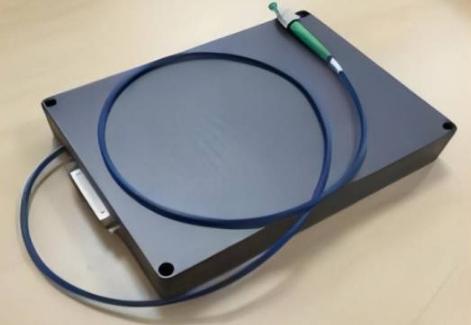Single-frequency fiber lasers with ultra-narrow linewidths (<1 kHz) are critical for applications such as coherent optical communications, high-precision metrology, and quantum sensing. However, one of the most significant challenges in achieving such narrow linewidths is suppressing phase noise, which can degrade laser performance.
Sources of Phase Noise
Phase noise in fiber lasers primarily arises from:
Thermal Fluctuations – Temperature variations cause refractive index changes in the fiber, leading to random phase shifts.
Acoustic Vibrations – Mechanical disturbances introduce frequency jitter, broadening the linewidth.
Pump Laser Noise – Inconsistent pump power induces gain fluctuations, affecting laser stability.
Backscattering Effects – Rayleigh scattering in the fiber cavity can reintroduce delayed light, causing phase instability.
Techniques to Minimize Phase Noise
To achieve ultra-narrow linewidths, several advanced stabilization methods are employed:
Ultra-Low-Noise Pump Lasers – Using highly stable pump sources reduces intensity noise, minimizing gain-induced phase fluctuations.
Polarization-Maintaining (PM) Fiber Designs – PM fibers mitigate polarization mode dispersion, reducing phase noise caused by polarization fluctuations.
Active Feedback Stabilization – Electronic feedback loops (e.g., Pound-Drever-Hall technique) correct frequency drifts in real time.
Acoustic and Vibration Isolation – Encasing the laser in vibration-damping materials minimizes external mechanical disturbances.
Long Fiber Bragg Grating (FBG) Cavities – Longer cavities enhance the laser’s coherence by increasing the photon lifetime, reducing spontaneous emission noise.
Future Directions
Emerging techniques, such as integrating AI-driven noise cancellation algorithms and novel fiber materials with lower thermo-optic coefficients, could further push linewidths into the sub-100 Hz regime.
By addressing phase noise at its root, ultra-narrow linewidth fiber lasers will continue to enable breakthroughs in next-generation optical systems.

